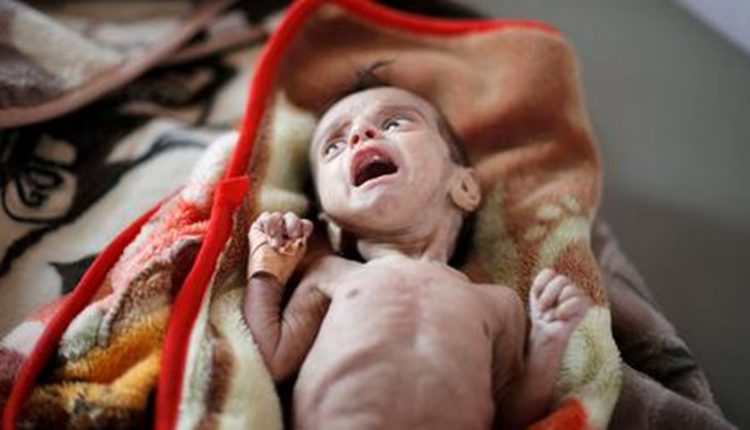Epidemics also kill Yemenis all over its provinces
YemenExtra
SH.A.
A new epidemic had hit many citizens during the past few days in the port city of Aden, southern Yemen, a medical source reported.
“A strange skin epidemic, which may be (scabies), causes a state of hysterical itching in patients and increases in the evening,” Crater news website quoted the medical source as saying.
The epidemic has hit hundreds of people in different parts of Aden, specifically the Crater area, where it spreads very quickly among citizens without any action by the Ministry of Health to contain it, the source added.
He pointed out that pharmacies exploited citizens with this disease and sold a fat substance used for body, claiming that it treats itching, for 1300 riyals a bag, taking advantage of the absence of government control.
This comes in light of the absence of health control, and amid security, chaos witnessed by Aden and the southern provinces due to the presence of the Saudi-Emirati occupation.
War-ravaged Yemen has seen more than 460,000 suspected cholera cases so far this year, which is significantly higher than the total number for all of 2018, at 380,000 the UN stated early this week.
This as the over four-year-long war is has reached casualty numbers on par with the opening half of the Syrian war, expected to reach an estimated 233,000 deaths by the end of 2019, according to a previous UN report issued in May.
In addition to famine, malnutrition, cholera, and other diseases, the new UN statements noted lack of access to clean drinking water for vast segments of the population, which has facilitated the rapid spread of diseases uncommon in much of the rest of the world, specifically cholera.
The AP cited UN deputy spokesman Farhan Haq as noting that the “increased number of cases has led to 705 apparent cholera deaths since January, dramatically higher than the 75 deaths in the same period last year.”
The UN also estimated that some 10 million Yemenis currently rely on food aid to survive – a figure that’s 50% higher compared to pre-war assessments. The UN also confirmed “pockets of famine-like conditions in dozens of places across Yemen.”

